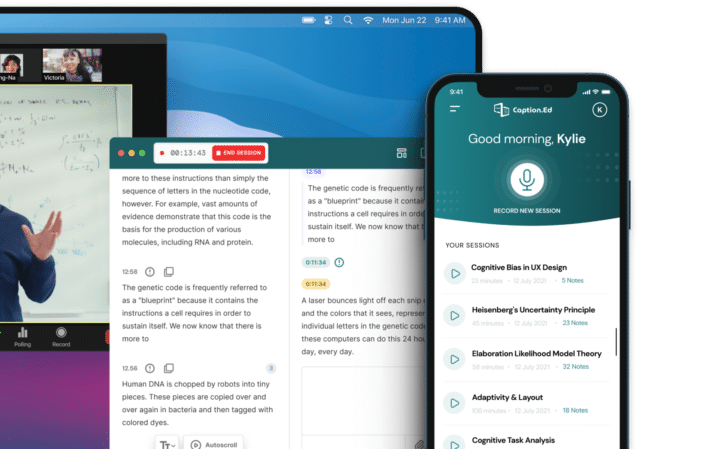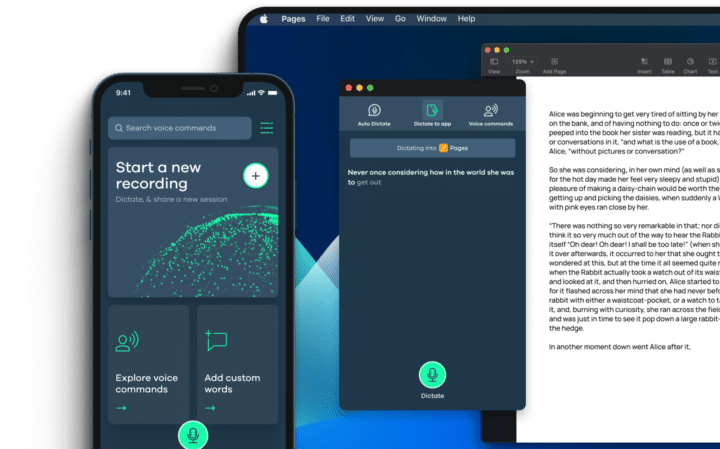People with autism or Autistic Spectrum Disorder (ASD) face many challenges. To help them manage distressing and over-stimulating situations, they can use masking or avoidance tactics that deplete their energy. Over time, this can lead them towards unmanageable stress, fatigue, overwhelm, and ultimately burnout.
What is Autistic Burnout?
Autistic burnout is a non-scientific syndrome that describes the full range of symptoms that people with autism experience after suffering prolonged periods of excessive stress and chronic exhaustion. Most people are familiar with the term ‘burnout’. This usually refers to a severe form of physical, emotional, and mental exhaustion from chronic occupational stress.
Similarly, people with autistic burnout can experience fatigue, low mood, executive functioning problems, reduced tolerance to stimulation, withdrawal, and a loss of interest in the usual activities. But what is different from them is that autistic burnout happens to people after prolonged or intense periods of stress when they have to mask, hide, or use extra energy to manage their neurodivergence.
The general society operates within an allistic or non-autistic code of standards. So, people with autism must work harder to adapt or fit in, which can overload their sensory and executive functioning skills. Reports suggest autistic burnout may affect up to 80% of people with autism, making this a significant consideration.
What Does Autistic Burnout Feel Like?
People who suffer from autistic burnout will experience a wide range of debilitating symptoms that stop them from doing their usual daily activities. It usually follows a period of prolonged stress that may manifest from masking, small talk, overstimulation, and excessive interaction on social media.
As a consequence of autistic burnout, sufferers can experience disorganised thinking, withdrawal, frustration, and fatalistic thinking. This can lead them towards severe physical, psychological, cognitive, and emotional depletion and stop them from carrying out their usual activities.
Research conducted by the National Autistic Society confirms autistic burnout symptoms include exhaustion, interpersonal withdrawal, reduced functioning, difficulties with executive functioning, and increased manifestations of autistic traits.
Autistic Burnout Symptoms
In 2020, US academic Dora M. Raymaker et al conducted a study on autistic burnout in an attempt to set some official definitions. The study suggests the majority of sufferers agree that the primary characteristics of autistic burnout focus on three areas:
- Chronic exhaustion
- Loss of skills, such as executive functioning, emotional regulation, and impulse control
- A reduced tolerance to stimulus
Participants suggested persistent and chronic life stressors led them towards these symptoms. But they also cite a lack of support systems that stopped them from alleviating symptoms before they got to a point of feeling overloaded by them.
Study participants also experienced negative impacts on their health, quality of life, and their ability to live an independent life.
Signs of Autistic Burnout in Adults
Symptoms of autistic burnout can vary between children and adults. For example, children may show some changes in mood, sleeping and eating, could feel anxious and may withdraw from social or school activities.
Similar symptoms can also show up in adults who often ‘crash’ and can’t recover their usual energy levels. And there’s a good reason for this since our Neurodiversity in the Workplace research shows 65% of neurodivergent employees fear discrimination from workplace management while 55% worry about judgements from peers.
So this means that around half of all employees with autism are engaging in stressful and draining self-management techniques such as masking when they’re at work. Further signs and symptoms of autistic burnout to look out for include:
- A lack of energy to continue with coping strategies like masking
- Poor emotional regulation
- Difficulties communicating, sometimes stopping talking
- More frequent autistic meltdowns and shutdowns
- Worsening mental health problems including suicidal ideation
- Lack of self care including changes in eating patterns and substance abuse
- Isolating and needing extended periods of rest, sleep, and time alone.
How to Recover From Autistic Burnout
If you’re experiencing or have experienced autistic burnout there are steps you can take to try to recover. It starts with optimising self-care and building a functioning support system around you.
1. Review Your Symptoms and Identify Key Stressors
Start by looking at your symptoms and what’s brought them on. Sensory overstimulation, for example, may have emerged from being in unhealthy or overstimulating working environments. So list out the symptoms and try to match them to possible triggers.
This can help you to understand which coping strategies could be harming you in the long term.
2. Remove or Reduce Stressors Where Possible
It’s easier said than done to remove or reduce stressors but consider which daily habits may be causing so much stress and overwhelm. Some things you may not be able to change. But it may be easier to reduce unhealthy habits like constant phone use or negotiating more private working spaces, for instance.
Unmasking is also an important strategy to allow you to relax and not use energy to perform in front of others.
3. Get Support From Friends, Family, or Professionals
Having a strong support network is important when experiencing autistic burnout. You need the support of friends, family, and professional contacts who understand what you’re experiencing and can give you the time and space to recover.
Professional therapists and counsellors can also help address the issues you face and offer long-term support. Not only can a therapist help with suggesting tools and coping strategies to recover from burnout, but they can also offer support to improve your mental health and help you heal from the emotional impact of autistic burnout.
Reducing or Preventing Autistic Burnout
Neurodivergent people can experience something called internalised ableism. This is where they may hold unhelpful beliefs that they should be able to do things that non-autistic people do. Of course, this is a very unrealistic expectation since people with autism often need more downtime to recover from overstimulation. So rather than beat themselves up, it’s more helpful for people with autism to find ways to negotiate what they need and live a more positive life.
Recognising and reducing stressors, getting enough downtime, reducing stimuli and the need for masking can all help in reducing the risk of burnout. Using support tools can also make a huge difference. For instance, people with autism can switch on Dark Mode when using Assistive Technology like Caption.Ed to help reduce fatigue and sensory overload during Zoom calls.
ADHD Burnout vs Autistic Burnout
Neurodivergent people in general are more prone to experiencing burnout. With many workplaces overlooking the risk, people with neurodivergence may not receive enough flexibility and understanding to reduce the triggers and avoid chronic and prolonged stress.
People with ADHD may experience similar symptoms to autistic burnout when they reach a point of exhaustion and energy depletion. Some of the symptoms of ADHD burnout may include:
- Lowered performance in school or at work
- Less confidence or self-esteem
- Increased procrastination and a lack of motivation to finish tasks
- Irritability, anger, and mood swings
- Avoidance of people or social situations



